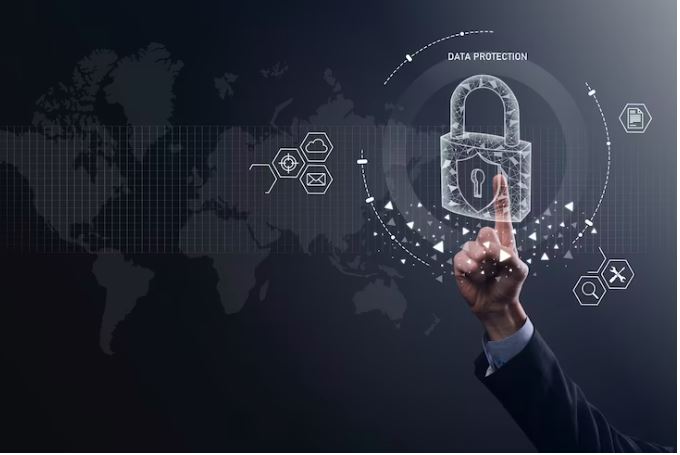In an era where innovation and speed are crucial to product development, 3D printing has emerged as a game-changing solution for creating cost-effective prototypes and custom parts. Its ability to turn digital models into physical objects with high precision makes it an essential tool for engineers, designers, and manufacturers seeking both functionality and flexibility.
1. Rapid Prototyping for Faster Innovation
Traditional manufacturing processes often require expensive tooling and long lead times, especially for prototype development. In contrast, 3D printing significantly reduces these barriers by enabling rapid prototyping. Engineers and product developers can quickly iterate on designs, test functionality, and make improvements without incurring high costs or waiting weeks for parts.
This accelerated development cycle empowers businesses to innovate faster, reduce time-to-market, and stay competitive in dynamic industries such as automotive, aerospace, medical devices, and consumer electronics.
2. Custom Parts with Precision and Complexity
One of the standout advantages of 3D printing is its ability to produce complex geometries that are difficult or impossible to achieve with conventional manufacturing. Whether it’s intricate internal channels, lightweight lattice structures, or unique ergonomic designs, 3D printing can bring these concepts to life without additional tooling.
This capability is especially beneficial for industries that require low-volume, high-complexity parts or customized components tailored to specific use cases.
3. Wide Range of Materials and Applications
Modern 3D printing technologies support a broad selection of materials, including various plastics, resins, and even metal alloys. This versatility enables users to select the most suitable material for their application—whether they need heat resistance, flexibility, or structural integrity.
Common applications include functional prototypes, mechanical components, medical implants, tooling fixtures, and even aesthetic display models. Regardless of the industry, 3D printing offers a scalable solution that balances functionality, form, and cost.
4. Cost-Effective Manufacturing
For small production runs or one-off parts, 3D printing is a highly cost-effective option. It eliminates the need for molds or dies, reducing initial investment and minimizing waste. Additionally, because parts are made directly from digital files, there’s less risk of human error or dimensional variation.
Businesses can benefit from streamlined production, reduced labor, and minimized overhead—making 3D printing a practical choice for both startups and established companies.
5. Sustainability and Design Freedom
3D printing also supports sustainable manufacturing practices. It generates less waste compared to subtractive methods and often uses recyclable or biodegradable materials. Designers are free to optimize structures for weight, strength, and material use without being constrained by traditional manufacturing limitations.
This freedom not only enhances product performance but also aligns with eco-conscious production goals.
Final Thoughts
3D printing has transformed the landscape of product development and manufacturing, offering a powerful combination of speed, customization, and cost-efficiency. Whether you’re designing a new prototype or creating custom parts for specialized applications, this technology delivers dependable results that align with modern industry demands.
At AMTEC – Applied Manufacturing Technologies, we provide affordable 3D printing services tailored to meet the needs of today’s innovators. With precision equipment and expert support, we help bring your ideas to life—efficiently, accurately, and affordably.


